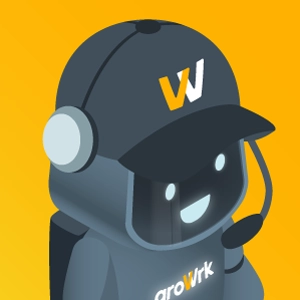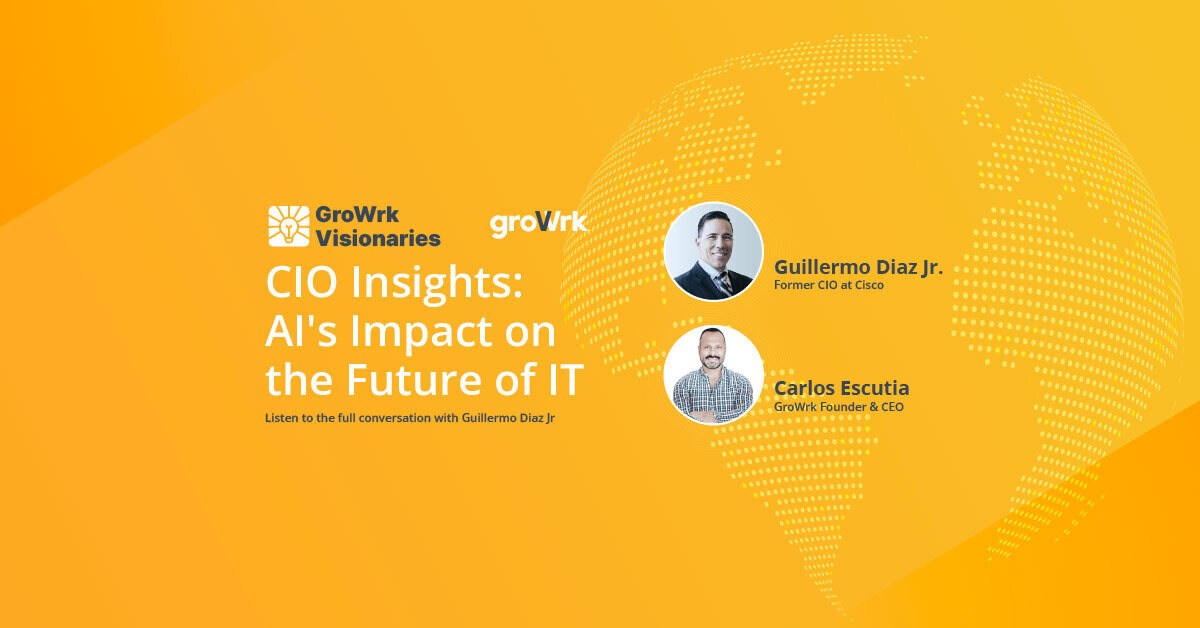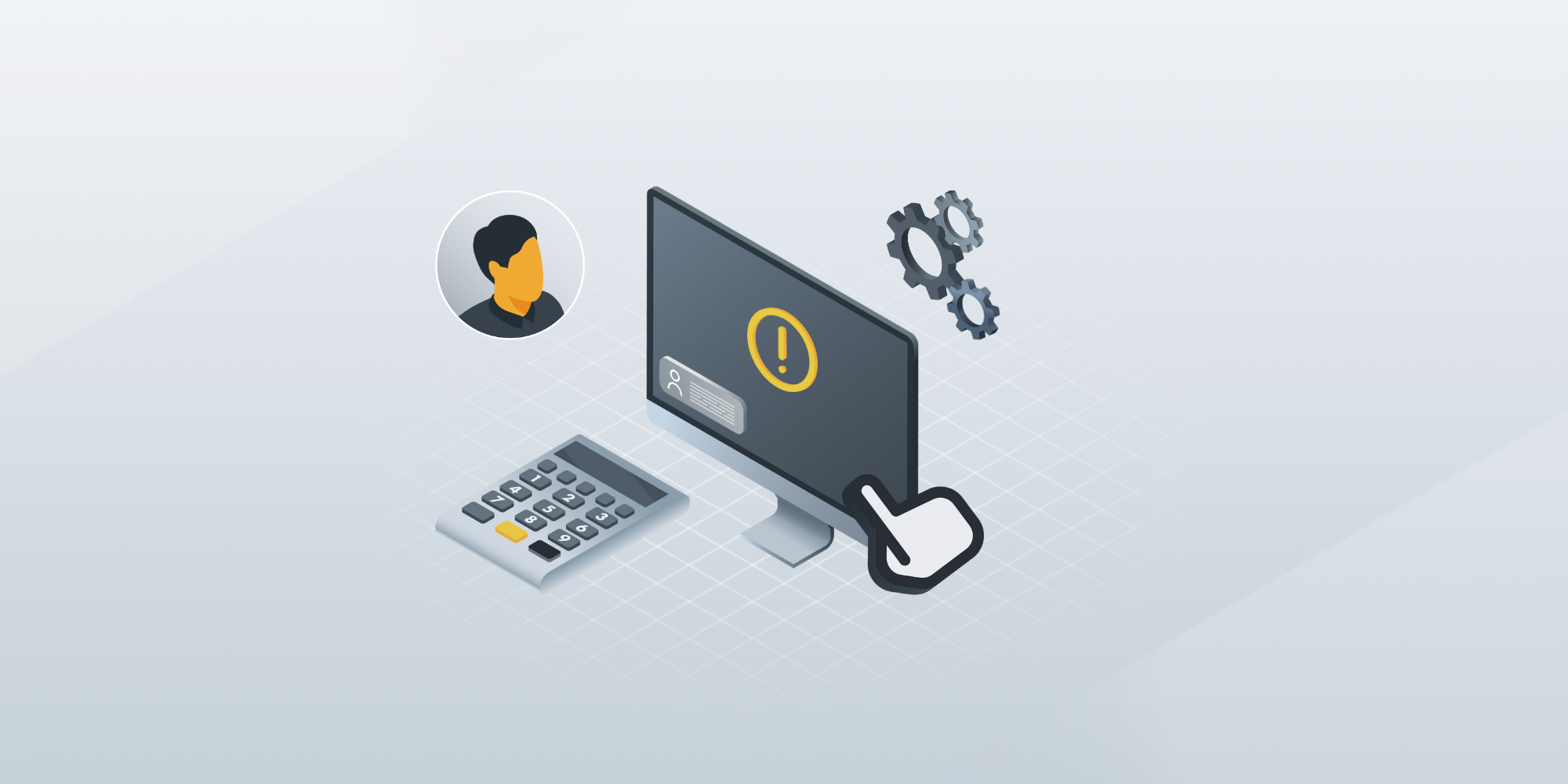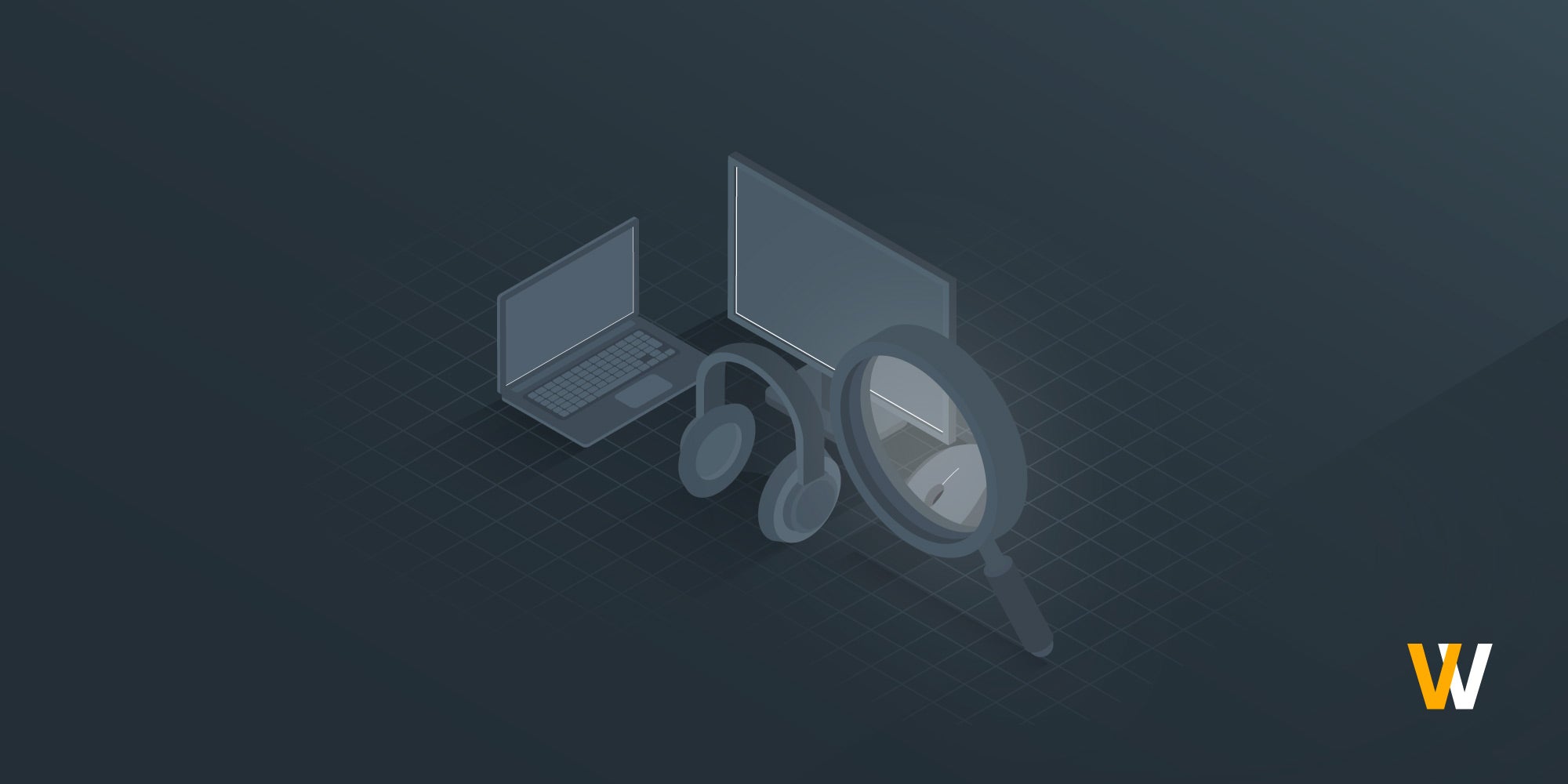Eddie Borrero on Leadership & Innovation | GroWrk Visionaries
 GroWrk Team
GroWrk Team
Eddie Herrero spent more than 20 years as a Chief Information Security Officer. Now, as CIO of Stellaris, he’s channeling that experience to help businesses move faster, safer, and smarter—especially as AI transforms the role of IT.
In this edition of GroWrk Visionaries, Eddie shares how security leaders can evolve into innovation drivers, how AI is reshaping the enterprise, and why staying ahead of change is now the most essential tech skill.
The CISO mindset for innovation
In the early days of cloud and cybersecurity transformation, CISOs were often treated as risk-averse gatekeepers. However, Eddie’s career has shown that security leaders, when empowered, can be some of the boldest drivers of innovation in the enterprise.
- Security leads innovation: CISOs are often the first to engage with advanced technology because they need to understand emerging threats early.
“They are the learners of the most advanced technology so that we can have companies be safe as they leverage artificial intelligence. I think there's an opportunity for other chief information security officers to see the CIO role as a stepping stone.” - Shift to enablement: Rather than blocking change, security leaders can unlock it by helping their organizations adopt new tech safely.
- CIO is a natural step: The skills that make someone a strong CISO—such as systems thinking, risk management, and technical depth—also position them to thrive as a CIO.
“I think about how do we set innovation free? How do we set companies up for success, all while they're being secure and compliant?”
AI is already changing IT
Artificial intelligence isn’t just a buzzword—it’s already reshaping IT departments from the ground up. Eddie explains how AI is streamlining development work, unlocking engineering creativity, and lowering the cost of innovation across industries.
- Automation is accelerating: AI is already removing the need for developers to write repetitive code, speeding up software delivery.
“It’s not removing the need of developers, but it’s removing the need of developers spending time on very basic types of coding... and really focusing on the creativity around how to make that technology a differentiator for the business.” - Creativity becomes the focus: With less time spent on basic tasks, IT teams can focus on more innovative and valuable engineering work.
- Innovation becomes cheaper: AI reduces costs, making experimentation and advanced solutions more accessible across the enterprise.
“AI is going to enhance how we protect systems, how we operationalize security, how we respond to events—but it’s also going to make attacks smarter, more frequent, more targeted. So we’re not just dealing with transformation—we’re dealing with escalation.”
AI won’t replace you
There’s growing anxiety across industries about AI displacing jobs. Eddie offers a different view—one focused not on replacement, but on reinvention. The professionals who thrive will be those who know how to work with AI, not those who fear it.
- Learn to use the tools: Success in an AI-first world comes from knowing how to work with AI, not fearing it.
- Automate the busywork: Let go of repetitive tasks so you can focus on higher-impact, more strategic work.
“The time it takes to do research just went from days, weeks, months to minutes and seconds... The time it takes to fill out a spreadsheet and do calculations—that time can just be saved. We can do more if we learn how to interface effectively with artificial intelligence.” - Stay ahead by upskilling: The most valuable professionals will be those who continue to learn and adapt alongside new technologies.
“Work yourself out of the work you’re doing so you can focus on more innovative, valuable, meaningful work. And to do that, you have to be educated, you have to understand how to interact with artificial intelligence.”
Don’t let AI happen to you
AI is moving fast, and according to Eddie, the biggest mistake IT leaders can make is letting that change happen to them instead of through them. He urges CIOs to lead in guiding AI strategy and adoption inside their companies.
- Lead the charge: CIOs and IT teams must take ownership of AI initiatives before the business moves without them.
“Don’t be the IT leader that it happens to you, that your business is smarter than you are... Be the smartest person in the room. Do your homework. Leverage the tools. Be innovative. You have to be the enabler.” - Be the enabler: Innovation needs trusted guides. IT leaders can either become that guide or fall behind.
- Earn credibility through action: Studying the tools, experimenting, and staying sharp helps build confidence across the organization.
“One of the secrets I’ve always done is build deep relationships with people. Sit alongside them. Work with the business. In this company, our CTO rolls into me and we partner on everything. We’re thinking through how do we innovate better.”
Don’t chase trends—anticipate the future
Reactivity is no longer enough. Eddie believes modern IT leadership means seeing where the industry is heading—and aligning your skills and team before the rest of the world catches up.
- Think like an innovator: Stay focused on where technology is headed, not just where it is today.
“Artificial intelligence has been around for a long time… just like cloud infrastructure. The ones who adapted their skills are still in demand.” - Let strategy guide your skillset: Understanding where AI is going helps determine what skills will matter next.
- Avoid stagnation: Leaders who don’t evolve risk becoming less relevant in fast-moving environments.
“I like Wayne Gretzky, he didn’t focus on where the puck was, he was always focused on where the puck is going. Well, where is technology going? Where is artificial intelligence going?”
The AI-powered enterprise immune system
Beyond automation, Eddie envisions a future where enterprise infrastructure is intelligent, self-healing, and deeply interconnected—like a biological system. He describes how an AI-driven “brain” could one day run critical systems with little to no human input.
- Autonomy replaces routine: AI systems will manage everything from patching to recovery without human initiation.
- Infrastructure becomes self-aware: Systems will understand dependencies, capacity needs, and recovery points—like a digital nervous system.
“You’ll have an artificial intelligence brain managing security, patching, updates, backups, recovery, rebuilding on the fly, telling humans, ‘Hey, I need more capacity’... I’m projecting in the future, you’re gonna have this much demand.” - Recovery becomes near-instant: With AI at the core, recovering from a ransomware attack could shift from months to minutes.
This vision isn’t about removing people—it’s about removing roadblocks. With AI handling the operational grind, human teams are freed up to focus on innovation, strategy, and transformation. And according to Eddie, that future isn’t far off.
Wrapping Up
Eddie Herrero’s perspective reminds us that IT leaders must evolve alongside the technologies they manage. As AI reshapes how organizations approach security, operations, and decision-making, the role of the CIO is becoming increasingly strategic.
For companies managing distributed teams and remote devices, the shift toward AI-driven lifecycle management is already underway. Staying ahead means rethinking how IT supports innovation—not just securely, but proactively.






